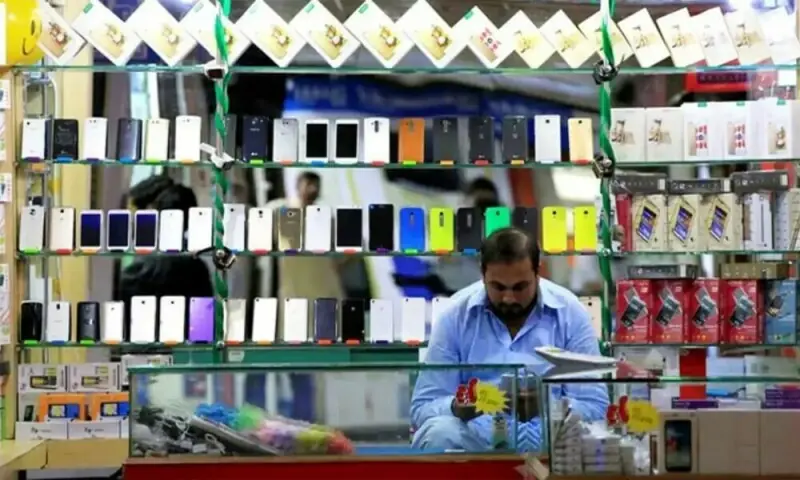Despite facing one of the most competitive smartphone markets in the region, Pakistan continues to offer significant growth potential, with around 1.4 to 1.5 million smartphones consumed every month. Over 14 active brands are battling for market share, but gaps in digital access and infrastructure still leave vast opportunities untapped.
According to industry estimates, more than 38% of Pakistan’s population still lacks proper access to 4G internet, leaving millions of potential consumers yet to transition to smartphones. This growing connectivity demand continues to drive optimism among global smartphone manufacturers, which see Pakistan as one of its fastest-growing markets in the Middle East.
Partnering with Germany’s Leica and USA’s Google Gemini: What is China’s Xiaomi up to?
Globally, Xiaomi has held the number three position in smartphone shipments for over 20 consecutive quarters. In Pakistan, the brand ranks second within Xiaomi’s Middle East division, trailing only behind Turkey and ahead of Saudi Arabia – an indicator of its growing regional significance.
In an interview with Business Recorder, Sufian Ahmad, Head of Marketing at Xiaomi Pakistan, said the local market still has “massive untapped potential” and could easily double in size if infrastructure and purchasing power improve. “If I talk about our own market share, I can easily double it because there are still a lot of consumers we haven’t tapped yet,” he said.
As of Q2 2025, Transsion Group, the parent company of Tecno and Infinix, leads Pakistan’s smartphone market with a 44% unit share, followed by Xiaomi at 18%, Vivo at 17%, Samsung at 10%, and Oppo at 6%.
However, despite maintaining its share, Xiaomi saw a 41% year-on-year decline in shipments, reflecting changing global consumer behavior. “People are holding onto their phones longer instead of upgrading,” Ahmad explained.
Ahmad noted that Pakistan remains an independent retailer (IR)-driven market, where 95% of smartphone sales come from small shopkeepers instead of telecom carrier partnerships. “If you compare it with Turkey, about 85% of their smartphone market is telecom-driven through carriers like Vodafone and Orange. In Pakistan, we don’t have such partners, and 95% of sales are driven through independent retailers,” he said.
Xiaomi has worked to change the retail experience by opening flagship stores in major malls, though traditional hubs like Karachi’s Saddar and Serena markets continue to dominate sales. The company currently collaborates with five distributors; Airlink Communication, Mobisel, Kotech, Smartlink Technologies, and Deputech, with Airlink also serving as its local manufacturing partner.
“Over 85% of Airlink’s total mobile phone production capacity is utilised by Xiaomi,” Ahmad revealed. “All Xiaomi and Redmi Note series phones priced between $100 and $300 are locally assembled in Pakistan, while only flagship Xiaomi series devices are imported as CBUs.”
He added that the company plans to begin local assembly of premium devices as market share in that segment grows, aiming to make flagship models more accessible.
Beyond smartphones, Xiaomi is expanding into new categories. It recently began local assembly of smart TVs in collaboration with Airlink, with a new series expected to launch by December. “This new TV lineup marks our entry into another major category where we aim to aggressively grow our market share,” Ahmad said.


